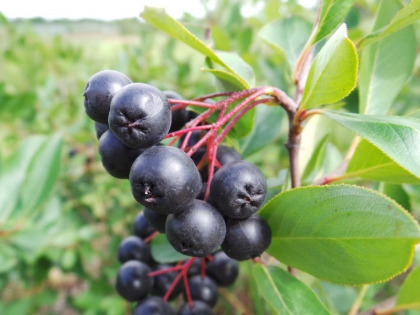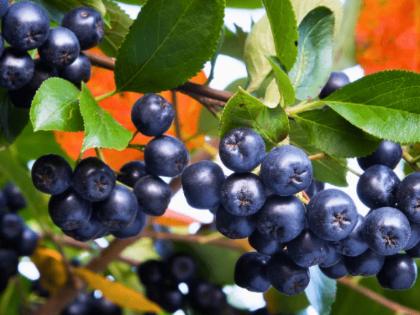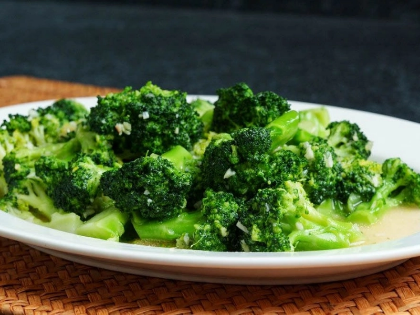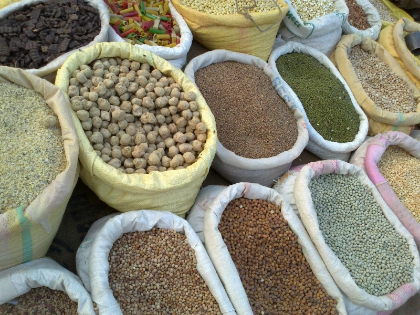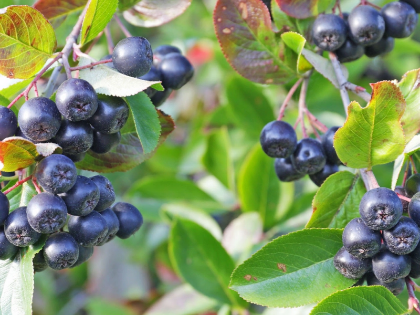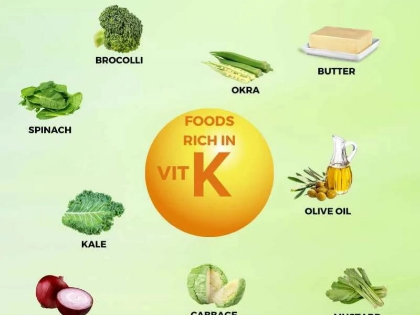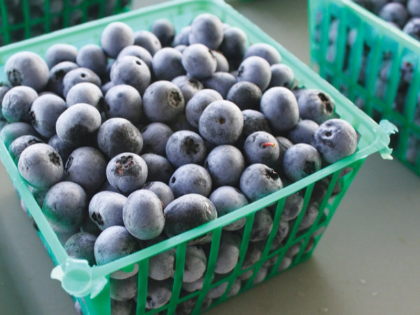Gluten-Free Grains: Delicious Options for Celiac and Sensitive Eaters
1.Knowing Gluten and Its Effects Found in wheat, barley, and rye, gluten is a protein that can cause negative reactions in those with celiac disease or gluten sensitivity. For these people, gluten can cause a variety of symptoms, including digestive problems, tiredness, and skin conditions. Many people are looking for gluten-free, tasty substitutes as knowledge of gluten-related diseases rises. Fortunately, there are lots of gluten-free grains out there that will satisfy appetites without sacrificing health.
2. Quinoa: A Powerhouse Nutrient Among the most often used gluten-free grains, quinoa boasts an outstanding nutritional value. Vegetarians and vegans would find great value in this ancient grain since it is a complete protein and includes all nine of the essential amino acids. Rich in fiber, vitamins, and minerals like magnesium, iron, and B vitamins, quinoa's nutty taste and fluffy texture make it a flexible component fit for salads, bowls, and even baked products.
3. Staple Grain: Brown Rice Another great gluten-free choice readily available and simple to cook is brown rice. Brown rice keeps its bran and germ layers, unlike white rice, thereby offering more fiber and minerals. For athletes and other energetic people, it is perfect since it is a good source of complicated carbs that provide steady energy. From stir-fries to casseroles, brown rice may be used in a range of cuisines and readily flavored with herbs and spices for extra taste.
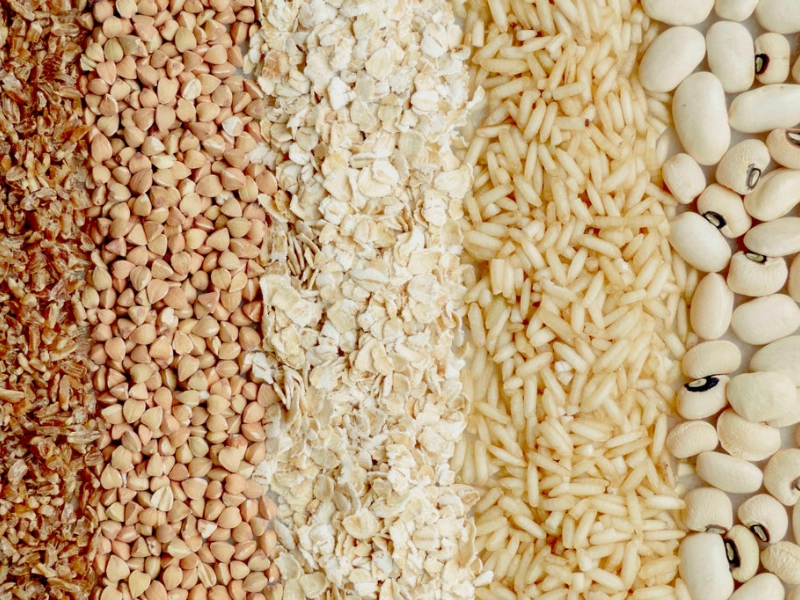
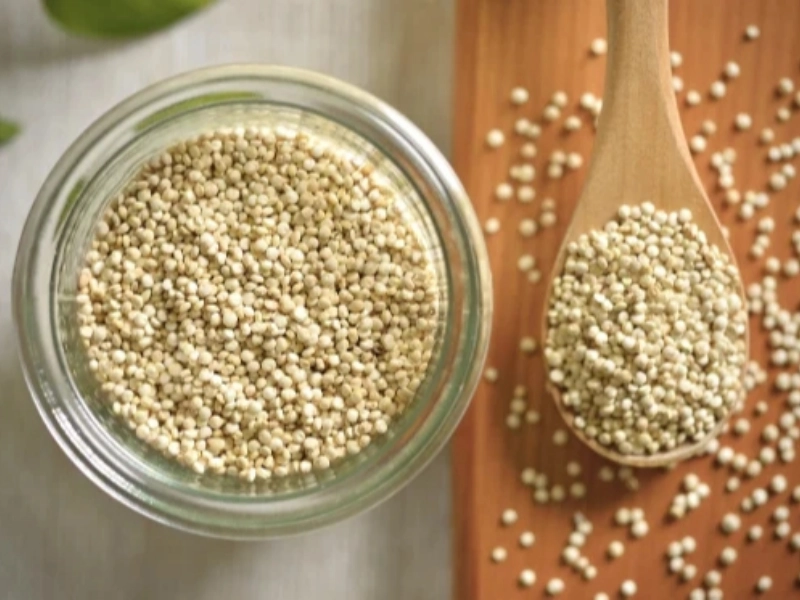 5. Millet: a flexible grain For thousands of years, people have grown millet—a small, spherical grain. It tastes gently, somewhat sweet and is naturally gluten-free. High in fiber, protein, and key minerals including phosphorous and magnesium, millet is It can be ground into flour for baking, included in salads, or served as a side dish. Millet's adaptability qualifies it as a great addition to a gluten-free pantry.
5. Millet: a flexible grain For thousands of years, people have grown millet—a small, spherical grain. It tastes gently, somewhat sweet and is naturally gluten-free. High in fiber, protein, and key minerals including phosphorous and magnesium, millet is It can be ground into flour for baking, included in salads, or served as a side dish. Millet's adaptability qualifies it as a great addition to a gluten-free pantry.
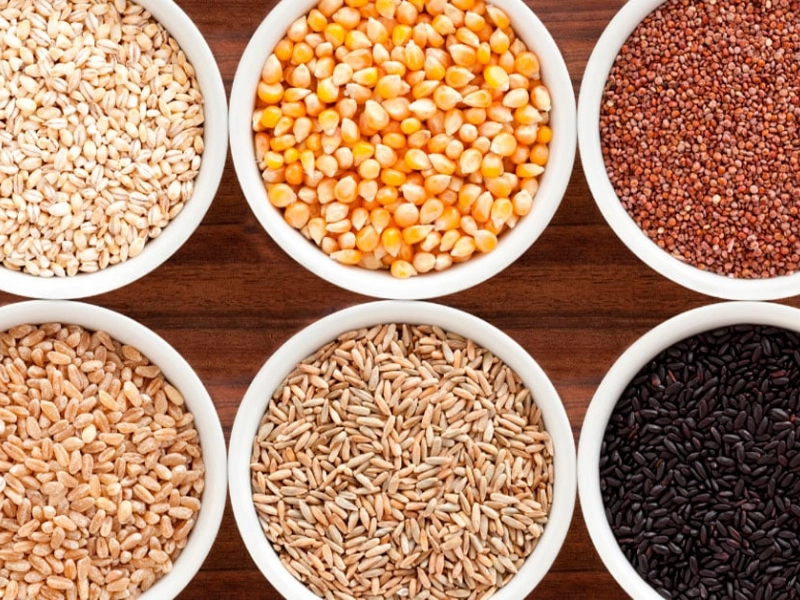 6. Amaranth: a superfood grain. A less well-known gluten-free grain with many nutritional values is amaranth. For people trying to increase their food intake, it is a fantastic choice since it is abundant in protein, fiber, and important amino acids. Cooked like rice or used to create porridge, amaranth has a somewhat nutty taste. For a crunchy snack or added to oats for more texture, it can also be popped like popcorn.
7. Teff: The Little Grain with Major Uses Native to Ethiopia, teff is an ancient grain distinguished by its small size and amazing nutritional value. For people with dietary limitations, it is a great source of iron, fiber, and protein and would be Made traditional injera bread or used in soups and stews, teff has a somewhat sweet, nutty taste. Its unusual flavor and texture make it a great addition to gluten-free dishes.
8. Oats: An Advisory Decision Though they can be contaminated with gluten during processing, oats are generally regarded as a gluten-free grain. Select certified gluten-free oats for people with severe gluten sensitivity or celiac disease to be sure. Oats are heavy in soluble fiber, which can help reduce cholesterol and strengthen heart function. Breakfast or snacks would benefit from their substantial and nutritional nature, which allows one to enjoy them in oatmeal, granola, or baked products.
9. Investigating gluten-free flours Apart from whole grains, numerous gluten-free flours accessible for baking and cooking are also available. Popular substitutes with unique flavors and textures are almond, coconut, and chickpea flour. From pancakes to bread, these flours may be used in a range of recipes, allowing those with gluten sensitivity to enjoy their preferred baked goods free from gluten concern.
10. Synopsis of excellent gluten-free choices Maintaining a balanced diet depends on people with celiac disease or gluten sensitivity finding tasty and nutritious grain choices. While fulfilling appetites, gluten-free grains including quinoa, brown rice, buckwheat, millet, amaranth, and teff offer a rainbow of nutrients. Sensitive eaters can have a varied and tasty diet that supports their health and well-being by including these grains into meals. Gluten-free eating may be pleasurable and satisfying with the correct foods.
6. Amaranth: a superfood grain. A less well-known gluten-free grain with many nutritional values is amaranth. For people trying to increase their food intake, it is a fantastic choice since it is abundant in protein, fiber, and important amino acids. Cooked like rice or used to create porridge, amaranth has a somewhat nutty taste. For a crunchy snack or added to oats for more texture, it can also be popped like popcorn.
7. Teff: The Little Grain with Major Uses Native to Ethiopia, teff is an ancient grain distinguished by its small size and amazing nutritional value. For people with dietary limitations, it is a great source of iron, fiber, and protein and would be Made traditional injera bread or used in soups and stews, teff has a somewhat sweet, nutty taste. Its unusual flavor and texture make it a great addition to gluten-free dishes.
8. Oats: An Advisory Decision Though they can be contaminated with gluten during processing, oats are generally regarded as a gluten-free grain. Select certified gluten-free oats for people with severe gluten sensitivity or celiac disease to be sure. Oats are heavy in soluble fiber, which can help reduce cholesterol and strengthen heart function. Breakfast or snacks would benefit from their substantial and nutritional nature, which allows one to enjoy them in oatmeal, granola, or baked products.
9. Investigating gluten-free flours Apart from whole grains, numerous gluten-free flours accessible for baking and cooking are also available. Popular substitutes with unique flavors and textures are almond, coconut, and chickpea flour. From pancakes to bread, these flours may be used in a range of recipes, allowing those with gluten sensitivity to enjoy their preferred baked goods free from gluten concern.
10. Synopsis of excellent gluten-free choices Maintaining a balanced diet depends on people with celiac disease or gluten sensitivity finding tasty and nutritious grain choices. While fulfilling appetites, gluten-free grains including quinoa, brown rice, buckwheat, millet, amaranth, and teff offer a rainbow of nutrients. Sensitive eaters can have a varied and tasty diet that supports their health and well-being by including these grains into meals. Gluten-free eating may be pleasurable and satisfying with the correct foods.
